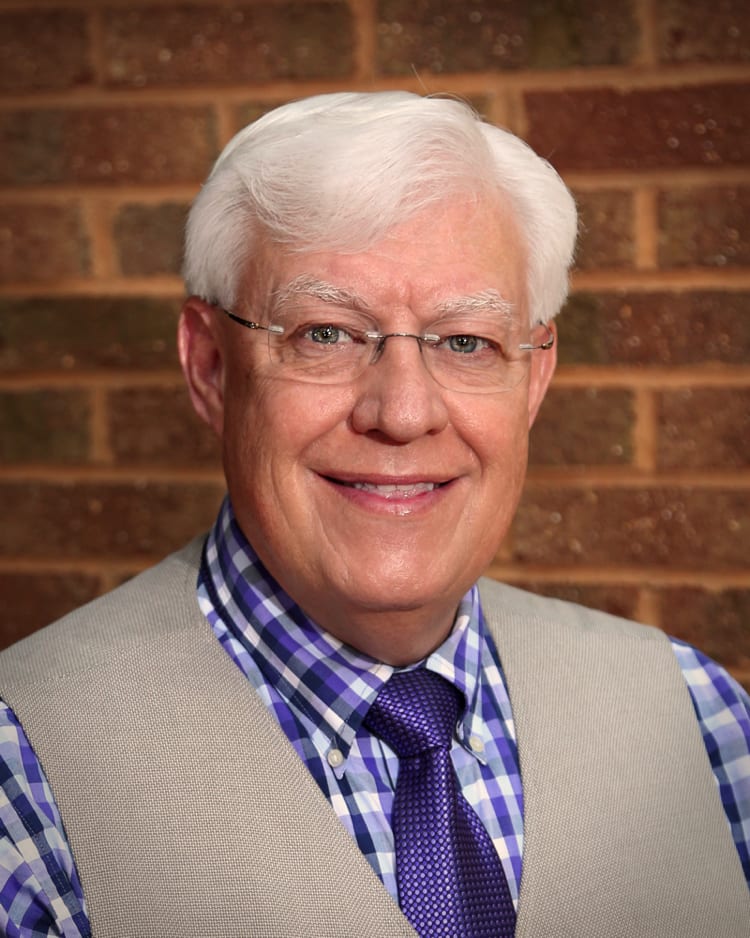
M
919.772.1990
Browse Blog
Listen In
919.772.1990
Browse Blog
Listen In
Quick Links
Services
Medication Management
One80 Locations

These are great questions. For some time, I was wondering the same thing. I had been searching for new perspectives and growth opportunities in the field of trauma work when I recently attended a PESI seminar on Somatic Healing, presented by Abi Blakeslee.
This was quite a different approach from what I had previously experienced. It aligned beautifully with new brain-based therapies and the emerging models of neuroplasticity. For over 15 years, I have been trained in and practicing Eye Movement Desensitization and Reprocessing (EMDR), an evidence-based model for trauma treatment and the reduction of PTSD symptoms.
Brainspotting was described to me as a faster method of processing trauma. That intrigued me, so I enrolled in a two-day PESI Immersion training with the founder of Brainspotting, Dr. David Grand, Ph.D. He conducted the training live with about 80 clinicians in Virginia, while many of us joined via Zoom.
This presentation marked David’s first-ever attempt at a two-day full-immersion format—something PESI had long encouraged him to develop. Over the years, he has traveled the world providing training, but now focuses primarily on advanced levels (three through five). Since discovering Brainspotting in 2003, he and others have trained over 125 current trainers in the U.S. and more than 13,000 therapists worldwide.
This training combined elements from levels one, three, and five, allowing participants to begin using the method immediately after completion. Further training is available but not required.
So, what is Brainspotting, and what does it do?
David Grand was classically trained in New York City as a psychoanalyst and psychodynamic psychotherapist. He entered private practice in 1979 and, in 1993, trained in EMDR under Dr. Francine Shapiro, EMDR’s founder and developer. He practiced both modalities concurrently.
The discovery of Brainspotting happened somewhat serendipitously. David was working with a young figure skater who had a mental block preventing her from landing a triple loop jump. After over a year of EMDR sessions, one day, he slowly moved his hand in front of her eyes, and at a certain point, her eyes twitched noticeably. He instinctively held his hand still. He described it as if “another hand grabbed his wrist and wouldn’t let go.”
Over the next 30 minutes, she processed multiple childhood traumas she had never revealed before. Following that session, she went to practice—and successfully landed her triple loop, ten times in a row. When she called David the next day to share her excitement, he realized he had stumbled upon something profound—an ancient truth that Western psychology had largely overlooked.
In the years since, Brainspotting has spread rapidly around the globe. David learned that many indigenous cultures had used similar methods for centuries. With modern neuroscience’s understanding of the brain’s healing potential, the significance of these findings became clear.
David developed several techniques, including Outside Window, Inside Window, and Gaze Spotting. He also emphasized the importance of resourcing for client grounding and the therapist’s calm, attuned presence. Holding a fixed gaze for extended periods proved difficult, leading him to introduce the use of a pointer to help clients maintain focus. Together, the therapist and client form what he calls the Dual Attunement Model for healing.
The theory behind Brainspotting is that the neocortex often acts as a barrier to accessing deeply held trauma throughout the body’s eight nervous systems. The ocular nervous system is unique in that it connects directly to the brainstem, allowing access to the regulatory layers of the agranular isocortex and allocortex—regions deeply involved in emotional regulation.
While the neuroanatomy can get complex, the key takeaway is that Brainspotting quickly connects clients to the source of where trauma resides, allowing them to process it while maintaining focus on a specific “brainspot.” Like EMDR, it uses SUDS (Subjective Units of Disturbance) to measure activation and progress.
David Grand has used Brainspotting with survivors of the Sandy Hook Elementary School shootings, military veterans, 9/11 survivors, and numerous athletes. Among trauma therapies tested with Sandy Hook survivors, Brainspotting demonstrated the highest effectiveness rate in reducing trauma symptoms.
What struck me most about David was his humility and compassion. Despite developing this transformative method, he insists that Brainspotting “belongs to the world.” He encourages therapists to integrate it with other modalities that already work for them and to always follow the client’s natural process. As he beautifully describes it:
“The client is the comet. We, as therapists, step into the tail of that comet and follow them in their healing.”
I encourage any therapist who is trauma-informed—or wishes to become trauma-informed—to consider Brainspotting training. You may be as amazed as I am by the brain’s remarkable capacity to heal itself when we simply cooperate with the process and follow the client’s lead.
— Submitted by Phil Guistwite, LMFT
If interested, this product seminar can be purchased through PESI.com at any time for $ 159.99 (that is the present cost)
You would need to go online to PESI.com and purchase the on-line program product code number 150227.

Phil is a Licensed Marriage and Family Therapist as well as an Approved Supervisor with the American Association for Marriage and Family Therapy. Read Full Bio
Spiritual and Religious Trauma By Phil Guistwite, M.Div., M.S., LMFT Company Chaplain and Clinical Director for Mental and Behavioral Health ServicesThis is such an important and expansive topic for...
Trauma in Military Families By Phil Guistwite, LMFT Company Chaplain & Clinical Director of Mental Health ServicesI was privileged to be a US Army Chaplain on active duty for twenty years. My...